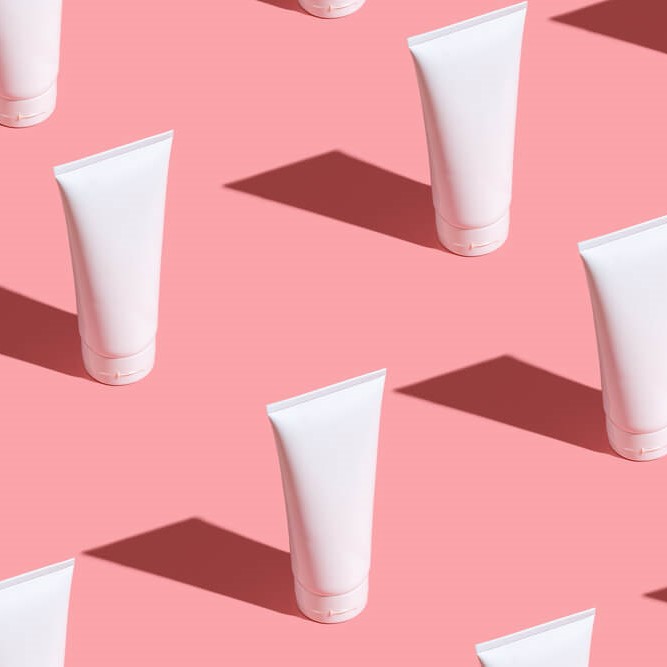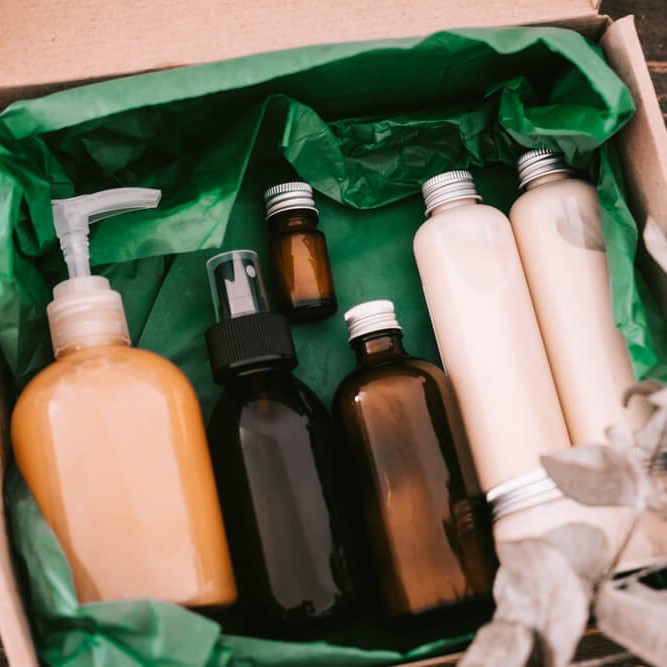Many people dream of launching their own beauty brand but have no idea where to begin. The process can seem quite daunting at first, with so many different aspects to consider.
However, that’s where FLPL can make things easier. We’re a private labeling company that can guide you through the entire process. From cementing your initial ideas to manufacturing and shipping your products, our services are all you need to help turn your beauty brand dreams into reality.
With that said, it’s still a good idea for any beauty brand owner to have a solid understanding of all that is entailed in creating a new business. So, let’s take a look at exactly what’s involved if you want to build a beauty brand in 2023.
Is 2023 a Good Year to Build a New Beauty Brand?
First things first – is now a good time to even be launching a new beauty brand?
The answer is yes, especially if you’re in the United States. While the beauty industry may initially seem quite saturated, it’s still steadily growing. Experts predict that it will continue to do so at a rate of 4.76% between 2022 and 2026, with this growth rate being slightly higher for the skincare market in particular.
Thanks to the rise of online shopping, influencer popularity, and exciting new independent brands (just like yours will be!), it’s still very possible for new entrants to quickly make waves in the market and claim a chunky slice of that revenue for themselves.
Ready to get started? Let’s take a look at the various steps involved when creating a beauty brand in 2023:
Step 1: Pick Your Niche
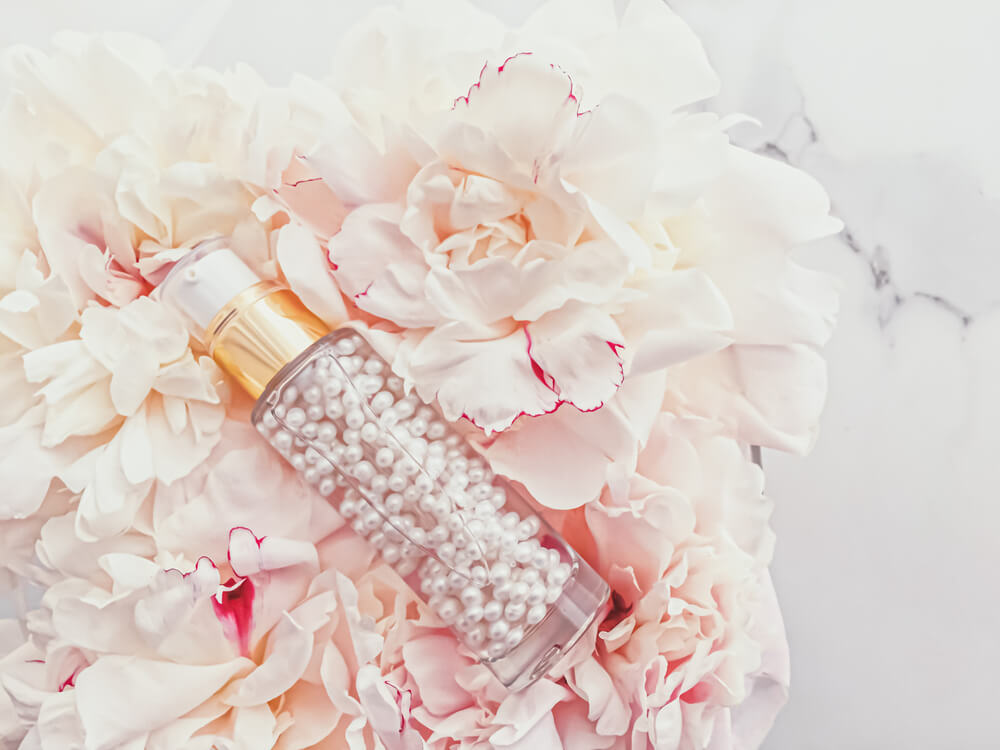
There are so many different beauty products out there, so your very first step should be to decide what you want to sell. The easiest way to do this is to pick a niche. This basically refers to a small segment of the beauty market that has a specific target audience. The niche that you pick will determine the products that you sell. It will also have a huge influence over your branding, marketing, and pricing decisions.
One example of a popular beauty niche is natural skin care products. More and more people are veering away from products that contain harsh and potentially damaging chemicals. Instead, they’re choosing to go with clean beauty formulas. This market is still relatively small, meaning that there’s plenty of room for a new beauty brand like yours.
In addition to being inspired by trends, another way to find a niche would be to do some research into what people actually need. For example, there may be a lack of lightweight moisturizing products for people with oily skin, which could provide the perfect entry point for your brand. Likewise, people that suffer from certain skin conditions, such as rosacea or eczema, would benefit from products that have been designed specifically for their issues.
Step 2: Define Your USP
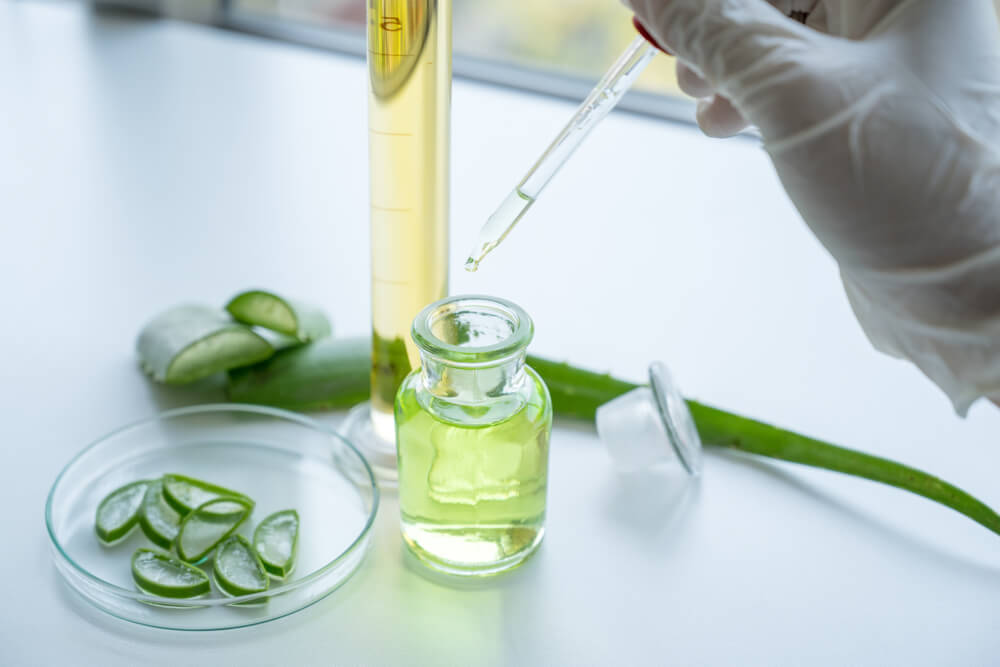
Once you’ve picked your niche, you’ll then need to define your unique selling point, or USP. This is what will set your brand apart from all of the others in your niche. Even if you’ve chosen a very specific niche, chances are that you’ll still have some competition. Your USP is what will convince consumers to pick your beauty brand over the rest.
For example, you may want to choose a signature ingredient that you use in all of your beauty products. By specializing in a certain ingredient, you’ll help to establish some credibility for your brand.
Alternatively, your USP could be based on your manufacturing process. If all of your main competitors currently manufacture their products overseas, your USP could be the fact that your production takes place locally. At FLPL, we offer both USA and Asian manufacturing options, so where your products are produced will be completely up to you.
Step 3: Decide on Your Pricing Strategy

Now that you’ve decided on which products you want to sell and you’re familiar with your target market, it’s time to decide on a pricing strategy.
There are a few things to consider when doing so. Firstly, you’ll need to take your costs into account. After all, the only way to make a profit is to ensure that you’re raking in more than you’re spending.
It’s also worth looking at what your competitors are charging for similar products. You may want to under-cut them, which could mean that you end up selling more products than them, although your profit margins would also be smaller.
Likewise, you could decide to build a luxury beauty brand instead, with premium pricing. This usually works quite well so long as you have a solid USP that can quickly persuade people to fork over the extra money for your products.
Step 4: Manufacture Your Products
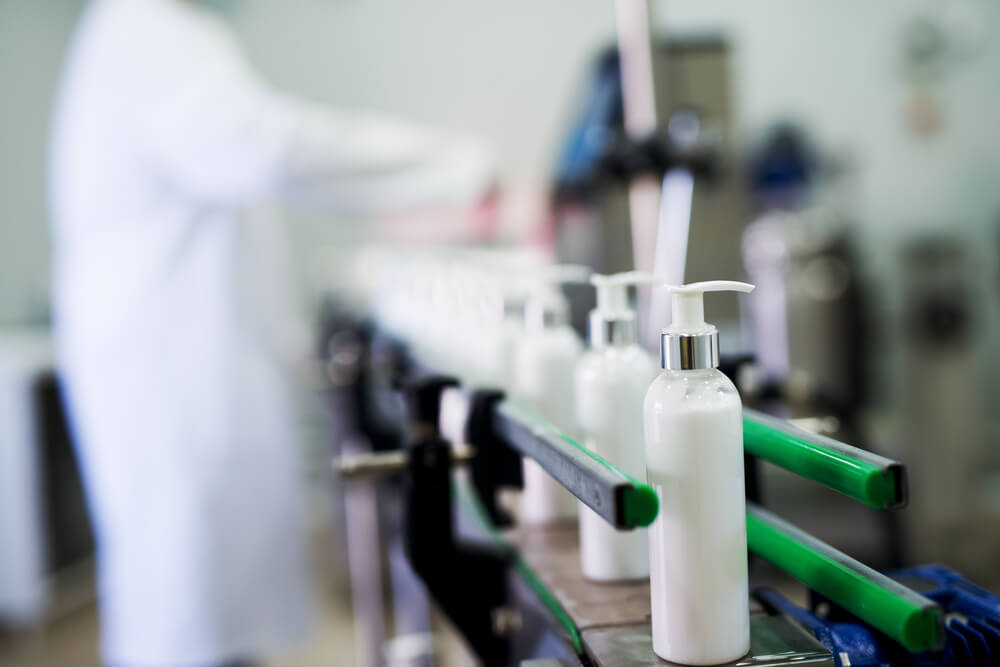
Now for the fun part – creating your beauty products! This is an area where many new brands fall short, simply because it can get a little confusing. You’ll need to source reliable suppliers for everything from raw ingredients to packaging while also familiarizing yourself with the many legalities that surround beauty products.
However, this is where FLPL can take the lead. Partner up with us and you’ll be able to work alongside our research and development team to craft the perfect products. Whether you want to create face creams, male grooming products, hair tools, or anything else, we have the knowledge and expertise that you need to design and produce products that stand out from the crowd.
Of course, in addition to manufacturing your products, you’ll also need to consider packaging. This may not seem as important as the products themselves, but the wrong packaging could cause serious problems for your beauty brand, making it important to get this right. Whether you want to go with sleek glass jars for your face serums or low-cost plastic containers for your hair care products, we have plenty of options for you to choose from.
Step 6: Choose a Sales Platform

Once production of your beauty products is underway, you’ll need to make the final decision on how you want to go about selling them.
The most popular way for a new beauty brand to reach its target audience is by selling online. It’s a relatively inexpensive way to get going. At the same time, you’ll be able to harness the power of social media and other online platforms to really push sales. Even better, FLPL will be able to help you set all this up, from your e-commerce site to your social media channels.
The other option is to keep things offline. Whether you decide to set up your own brick-and-mortar store or you sell your products via another retailer, this method has its own set of benefits. While you may not be able to reach an international audience in quite the same way, enabling customers to physically see, smell, and try your beauty products for themselves is often enough to sway them to make a purchase, especially if your products are as high-quality as we’ll help them to be.
Can you do both? Of course! Both online and offline selling have their advantages, which is why many beauty brands choose to dabble in a bit of each.
Step 7: Marketing Your Beauty Brand

Once your products have been manufactured, they’ll be shipped directly to our Los Angeles warehouse. At this point, you can have them sent on to another address or pick them up yourself. Either way, you’re now ready to start selling. However, how exactly do you attract the number of customers that you need to turn a profit?
That’s where a good marketing campaign comes in. Marketing is how you tell people about your beauty brand and the products that you’re selling. Effective marketing convinces them that your products are what they desperately need in their lives, making the decision to purchase them a no-brainer.
Just like when choosing a sales platform, marketing can take place both online and offline. Again, many beauty brands choose to utilize both methods. Online campaigns can encompass social media promotions, influencer collaborations, search engine advertisements, and more. They’re usually much cheaper than offline campaigns, which usually consist of TV, radio, newspaper, or magazine adverts.
It may be tempting to try to include a bit of everything in your marketing campaign. However, not only will this be costly, but it’s unlikely to be very effective. Instead, do some research into what would appeal to your target customer. For example, a luxury customer may be put off by a flashy TV advert, whereas this could appeal to a cash-strapped teenager. Learn more about the different marketing tactics that most appeal to your target market before deciding which ones your beauty brand should adopt.
Step 8: Make Plans for the Future
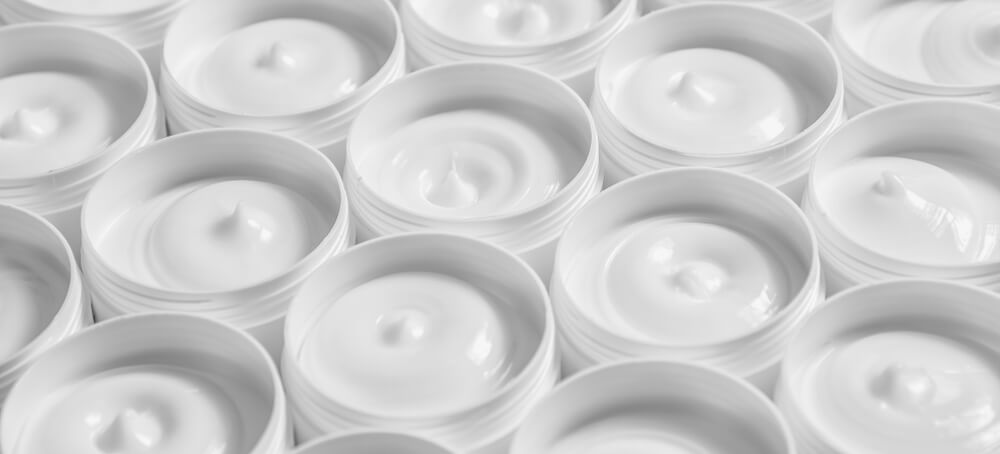
It’s easy to get a little complacent once the sales start rolling in. However, now is definitely not the time to sit back and relax!
Instead, you should be looking into the different ways in which you can build on your successes. For many beauty brands, this usually entails expanding their product line. If you’ve made a name for yourself based on the potent skin serums and creams that you sell, adding in some face masks or exfoliants could be a good move. Likewise, if your hair styling tools have been selling like hotcakes, then you may also want to add some hair care products into the mix .
Look for ways in which your brand can grow organically, in a fashion that appeals to your target audience. Any other products that you add to your product line should be related to what you’re already selling. Ideally, they should be products that your customers would want to purchase in addition to your current product range. This will not only allow you to increase sales, but it will also help people to perceive your brand as one that caters to a variety of their needs.
Final Thoughts
Building a beauty brand isn’t easy, especially with so much competition out there. However, once you break the process down into smaller stages and take things one step at a time, it all becomes so much more manageable, especially if you have FLPL by your side to help guide your decisions.
Want to know more about how FLPL could help make your new beauty brand a success? Click here to get in touch with us today!


